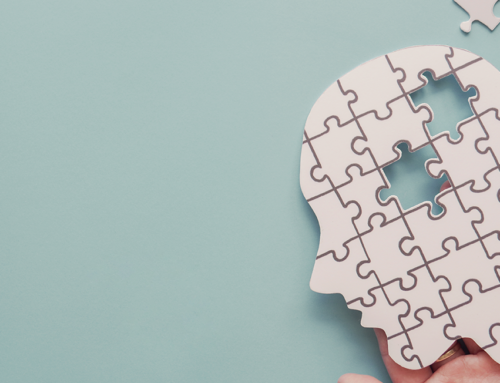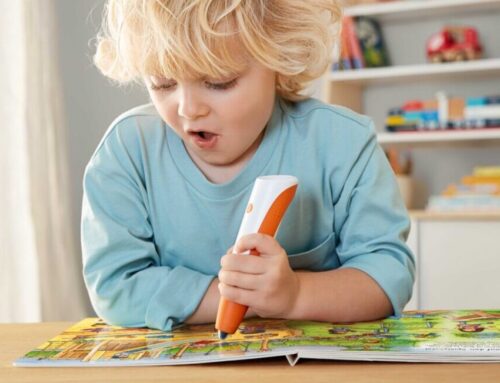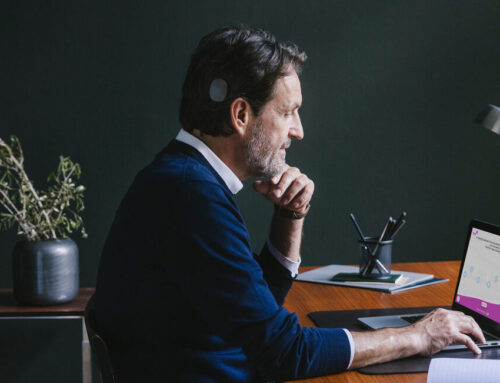How we protect ourselves from noise – even with hearing aids or hearing implants
Continuous exposure to noise not only affects hearing, but also the body and psyche. Protection from excessive or constant noise as well as rest breaks in the literal sense are important.
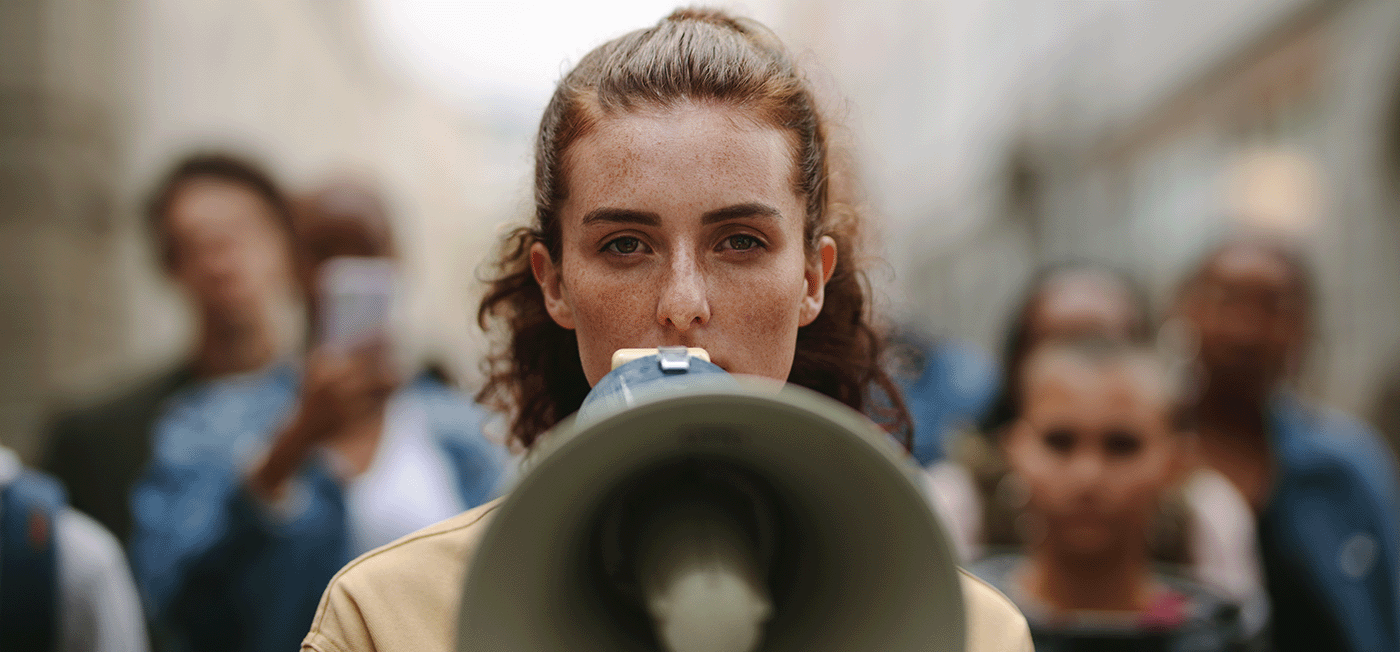
In the past, it was primarily occupational noise that caused hearing damage. Today, something like "affluence noise" is added to the mix: hours of listening to music, often through headphones and at unhealthy volumes, various other recreational noises, as well as the diverse ambient noises of our mobile industrial society.
Dr. Paul Martin Zwittag, as primary physician at the Department of Otolaryngology at the Kepler University Hospital in Linz, is confronted with the consequences: "Continuous exposure to noise damages the ear! But it also has a negative effect on the cardiovascular and vascular systems, hormonal systems, metabolism with the risk of type 2 diabetes, sleep quality, psychological well-being and cognitive performance." People who are profoundly deaf or hard of hearing are at higher risk for depression and up to five times more likely to develop dementia - both of which are partly a result of social withdrawal in response to hearing and communication problems.
Hearing silence is already so unfamiliar to many of us that it seems difficult to endure. Yet this silence is needed by the body and soul to recover from noise pollution. "Even though we can now take good care of most hearing impaired and even deaf people thanks to technologically advanced hearing aids and high-tech hearing implants, we need to give much more importance to noise hygiene." The hearing implant specialist warns, "Noise is an impairment that is not immediately noticeable. Decades later, however, you get presented with the bill!"

Even in a big city like Vienna, thank God, you can still find numerous beautiful places to rest. ©Adobe Stock
Rest breaks are important!
Like screen breaks for computer work, noise breaks should also be a matter of course: If you have a noisy workplace, you should find a quiet place during your break. Physical exercise is possible at the fitness center or even while window shopping; the endurance run or evening walk in the park or in nature offers the added benefit of a rest break in the literal sense - also for the hearing.
What is loud?
A normal conversation is heard at a distance of one meter at a volume of about 60 decibels. In an open-plan office, one reckons with 70 decibels of noise. The World Health Organization (WHO) defines noises above 65 decibels as noise pollution, and experts classify them as harmful above 75 decibels. A radio can quickly reach this volume, but so can an old dishwasher or the clothes dryer.
A lawn mower hums at around 85 decibels, as does traffic on a busy road. For the workplace, the law stipulates that hearing protection must be worn above 85 decibels. However, noise during breaks in the schoolyard often reaches 85 decibels, and it can be even louder in a busy restaurant!
Noise above 120 dB - the noise of a jackhammer, the thunder of a nearby thunderstorm, or the usual volume of music at a heavy metal concert - is painful to our unprotected ears.
Noise: limited in the workplace, hardly any in leisure time
Hearing is often significantly reduced after attending a concert, but can usually recover if the hearing is subsequently protected long enough from further noise exposure. Frequent or long-lasting noise, however, has a permanent effect on hearing.
The occupational safety and health legislation assumes that we also use the time off work as a rest break in the literal sense of the word. On the other hand, noise pollution is not only caused by car and air traffic and industrial noise; it is also becoming increasingly unhealthily loud during leisure time at events and in sports facilities.
Particularly in big cities, there is often a lack of suitable places to retreat. Young people are not the only ones countering this by shielding themselves from their surroundings with a kind of acoustic sound barrier: So-called in-ear headphones are used to listen to music so loudly that the surrounding noise is drowned out or at least faded out. Gradual hearing loss, tinnitus and other noise damage are imminent, even if they do not always become apparent in time.
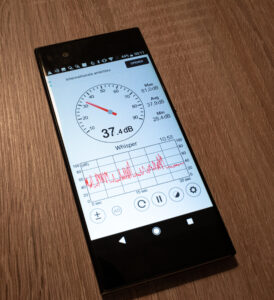
Here image noise app: apps for private noise checks are available for all smartphones. ©Adobe Stock
Measure your personal noise exposure
Even the noise level in an open-plan office can be stressful. Noise exposure at the workplace can be measured with a noise dosimeter: It records both short-term peak exposures and daily continuous exposure. This measurement data also helps in the selection of suitable measures. Noise reduction has priority over personal noise protection; the last resort is temporally shortened noise exposure.
In the private sphere, even a "noise app" can provide orientation. Some such applications for smartphones are available free of charge. However, they only provide approximate information.
Additional exposure via headphones is not detected by the noise dosimeter or the app!
Creeping noise damage often goes unnoticed
Our body reacts to noise exposure even if we are not aware of the volume - or are no longer aware of it as a result of habituation: constant noise from a nearby street triggers stress reactions, blood pressure and heart rate rise measurably; the now common continuous exposure to sound in shopping centers can also have a similar effect. Those affected often go unnoticed for a long time.
Noise-induced hearing loss also often remains undetected for a long time; even minor damage adds up over years in the hearing organ. Primar Zwittag advises all parents: "Point out the danger to your children at an early stage; ask them to turn down the music in their ears and to always take breaks from noise!"
As adults, we are required to model proper behavior: Even when mowing the lawn, riding a motorcycle or attending a concert, we should not forget appropriate hearing protection. When it comes to playing music, most professional musicians now set a good example. On a larger scale, urban development and landscaping, but also architecture, product design and many other areas are called upon to reduce noise emissions and create quiet spaces.
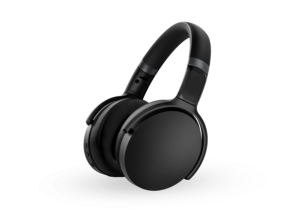
Hearing aids or the BTE audio processors of cochlear implants usually fit under oval-cut shell or over-ear headphones. ©Adobe Stock
Which headphones are better for your hearing?
"In-the-ear plugs" can threaten hearing and contribute to noise damage; less stressful are looser-fitting so-called earbuds. In terms of noise protection, however, shell headphones would clearly be preferable: they do not seal the ear completely, and there is even room for the hearing aid or the BTE audio processor under a large shell.
For acoustic "immersion", a so-called "noise cancelling" function helps, in which ambient noise is actively suppressed. This function is now available for headphones of all designs.
Allowing the ear to be in silence
Sensorineural hearing loss often becomes noticeable when the person affected thinks that the person they are talking to is speaking indistinctly. Conversations in larger groups or in noisy surroundings become tiring, and women's and children's voices are difficult to understand. Family members or neighbors complain that the TV or stereo system is too loud. Once the sensory cells in the inner ear are destroyed, this damage cannot be reversed. In the early stages, conventional hearing aids or suitable hearing implants can help.
Cochlear implants are used when the inner ear is so dysfunctional that speech understanding is no longer possible even with hearing aids. In this case, noise exposure may not cause permanent hearing damage, but even in CI users, hearing fatigue reduces hearing ability, at least temporarily. The physical stress reactions to noise also occur undiminished in CI users - up to and including vegetative and psychological damage.
In the early days with cochlear implants, many users appreciate a listening break during the day to relax from the initial strain of listening. For people without CIs, hearing breaks prevent noise damage and allow regeneration of a noise-stressed hearing. Primar Zwittag points to another effect: "Regular noise breaks are even part of burn-out prevention!"
Progressing noise pollution in Europe
The European Environment Agency EEA deplores increasing noise pollution : one in five Europeans lives in an environment where noise levels are harmful to health. The main culprit, according to the report, is road traffic.
This noise pollution has consequences: Every year, it causes sleep disorders in 6.5 million people, 48,000 coronary heart diseases and 12,000 premature deaths. The EEA also estimates that aircraft and road noise cause cognitive impairments in 12,500 children, such as reading difficulties.


